I have always been fascinated by rangefinder cameras. Their namesake’s original application around the turn of the 19th century in naval gunnery had piqued my interest at first – imagine lining up the ghost-image of an enemy battleship in rolling seas while someone in the other ship was trying to do the same to you!
This led me to the much tamer pursuit of rangefinders in cameras. Some months ago I bought into the later Canon rangefinders as an eminently more affordable way to try rangefinders and the old Leica Thread Mount lenses. By this point I had a Canon 7 and a Canon P. Gear Acquisition Syndrome had truly set in and I had become something of a collector. Having years of SLR muscle memory, it took some adaptation, but by this point I have learned to appreciate the distinction between the two focus systems.
I had also read a bit about the Cosina-produced Bessa line of rangefinders that licensed the Voigtlander name. I was curious but put off by the prices, especially since the Bessa lineup felt a bit duplicative to the Canon P in the collection.
But then I read about the Bessa L. At first glance, it made no sense – it uses LTM/M39 mount lenses, modern through-the-lens metering (uncommon in rangefinders in my price range) but has no way to actually find range or to view the composition. The back of the camera is jarring – there’s nothing to do! The Bessa-L is literally just a light-tight box that you can put LTM lenses onto. This wasn’t the rangefinder I was looking for, but maybe that was the whole point!
In reading more about it – the omission of a range/viewfinder mechanism was purposeful and in line with a specific use case – ultrawides and zone focusing. It was originally sold with a 15mm f/4.5 and viewfinder when it was first released in 1999; with something that wide you could practically shoot from the hip without framing at all. I figured I could handle zone focus as I had a decent hit rate with my Rollei 35SE and its much tighter 40mm f/2.8 lens as long as I cranked up the ISO and kept it stopped down.
This, plus the rationalization that a purchase decision wouldn’t require buying any new lenses because of commonality with the Canon P, I decided I’d keep an eye out for a Bessa-L if I came across one at a good price. Fortunately for me, when browsing for cameras in Tokyo, you don’t have to wait long. Soon enough, I found one, at the ridiculous price of 5000 yen (~$35).
But there was a catch.
The shop keeper took an exposed demo roll of film and showed me the reason it was so cheap: the take-up spool wouldn’t hold the film leader. You could insert it exactly as designed, but as one wound the lever, the film would slip out and eventually the camera would stop winding successfully – instead of a nice tight roll of exposed film around the takeup spool, you’d make it 5 or 6 winds and then the thing would have unraveled – any further use of the advance lever wouldn’t work because the film had entirely slipped out of the take up spool and you’d have a mess inside your camera.
This didn’t seem like a serious issue to me – everything else, which on the Bessa L is basically the meter and the timing of the metal shutter, seemed to be in working order. I was seized by a cavalier “I can fix it” bit of emotion and I purchased it for the steeply discounted price.
When I got home, I studied the mechanism for a few minutes, considering how to get at the take-up spool. I had my screwdriver set out, trays for small parts, and tweezers lined up. But then I decided I’d just use a piece of tape to hold the film to the take-up spool.
This done, the camera worked exactly as designed. I noticed not the slightest difference in operation. I now have zero intent to try taking the camera apart (I probably would have broken it!). I also found that the tape stopped me from pulling the leader into the film canister when the roll was done – since I home-develop, I prefer to leave a bit of leader out to not have to fiddle with a retriever or destroy the canister.
In went a roll of Arista EDU (Foma) 400. The widest Leica Thread Mount (LTM) lens I have, a delightfully compact and light Canon 28mm f/2.8 with an accompanying Canon viewfinder went on top, and it was off on the roads to a previously unexplored stretch of the island. It was an overcast, drizzly day – I had to cover the camera with my jacket from time to time to keep it dry.
The camera is very light compared to an all-metal Leica or Canon; the controls and construction are not what I would call “premium” by any stretch (all ‘90s plastic, basically) but it is eminently carry-able and unobtrusive compared to an SLR. The exterior is faux-leatherette (plastic) and a very thin sheet metal. The film door is plastic. To my hands, the feel is inferior to Canon or any of the cameras produced from the ‘50s to ‘70s. It is distinctly toy-like, but feel isn’t everything.
I was tempted to bring another camera – what if I really needed a tighter framing? How frustrating would it be to come across the perfect photo for a 50mm or 105mm framing and miss it because I didn’t have the lens? There was also the option to carry a second camera with a manual lens to check range, and then copy it over to the Bessa-L, but that struck me as a bit ridiculous. At that point, I’d be better off just changing lenses, given that this was a leisurely photowalk and not a wedding or some other sort of “every moment matters!” type of event.
I resisted this siren song. Focus (mental, not rangefinder!) was what I needed. This was an especially challenging walk because I rarely shoot wider than 40mm. However, I liked some of the results:
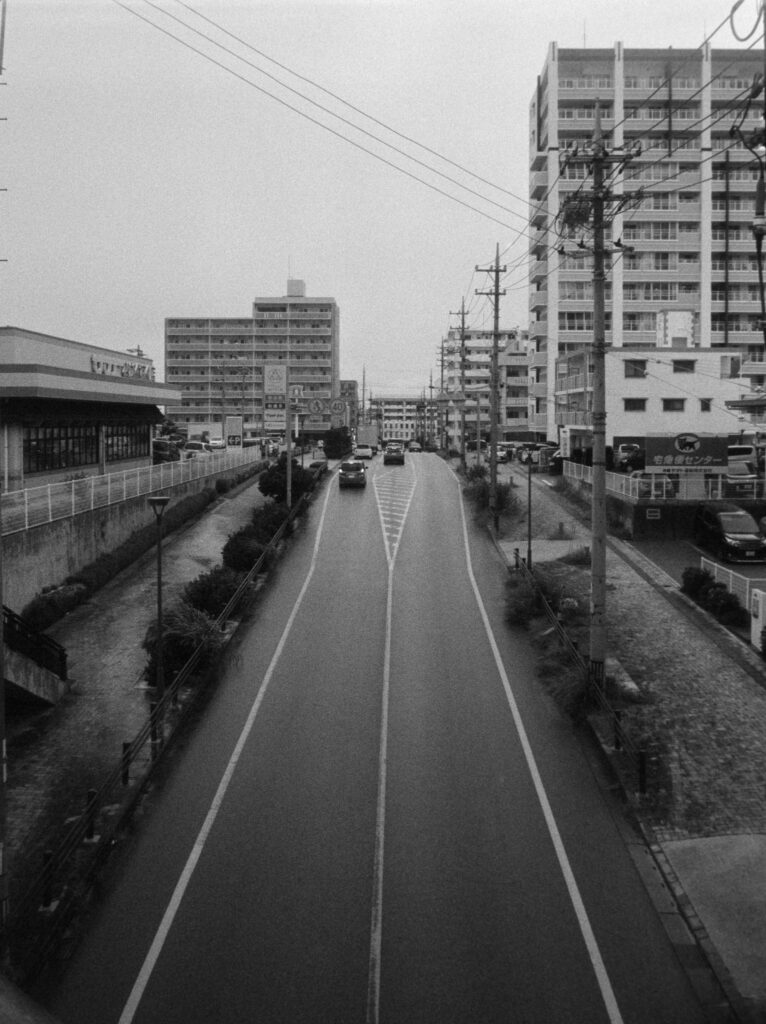
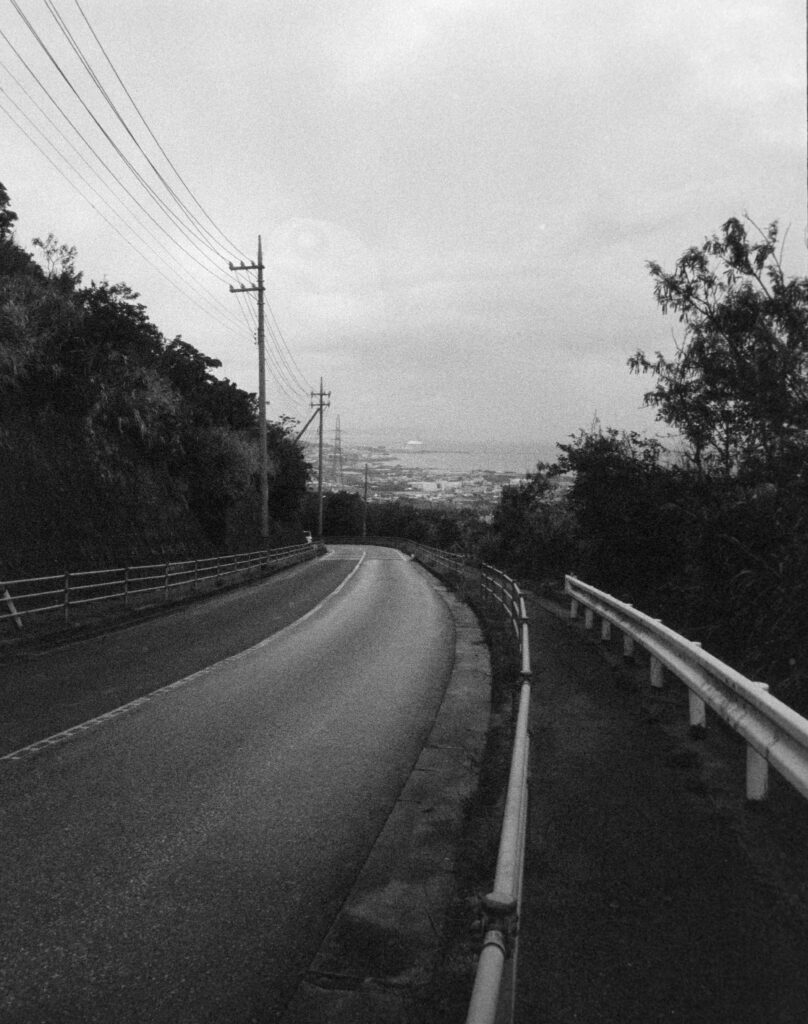
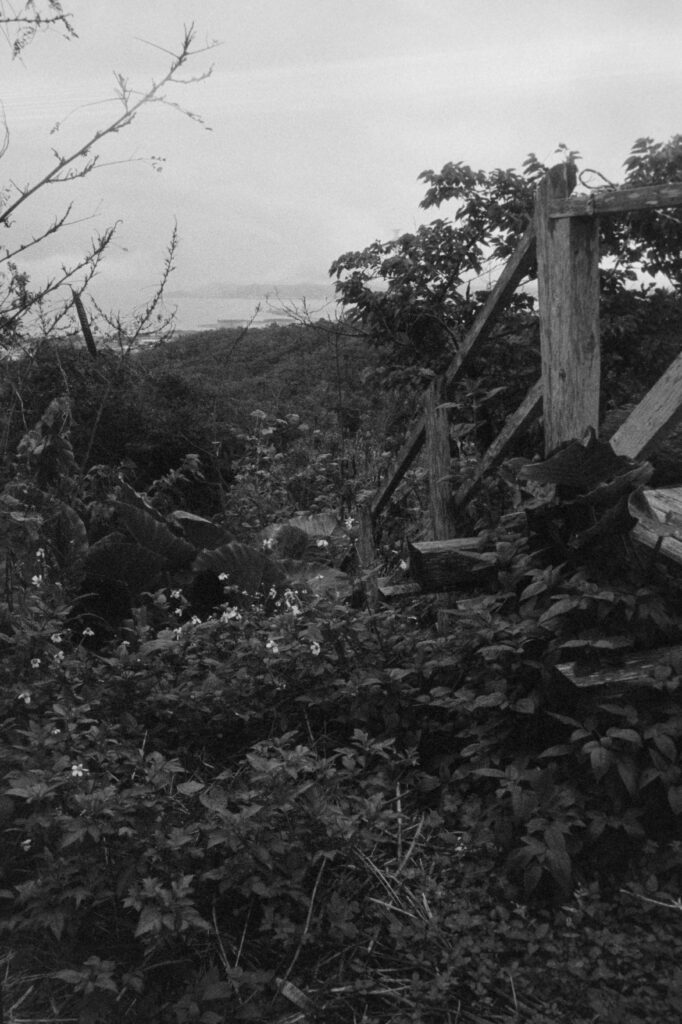
The meter was different than what I was used to with Nikon – it’s a series of three LEDs, under / perfect / over on the back of the camera. The positioning is logical – it’s beveled so you can see it at eye or waist level, but you still can’t see it when composing through the viewfinder.
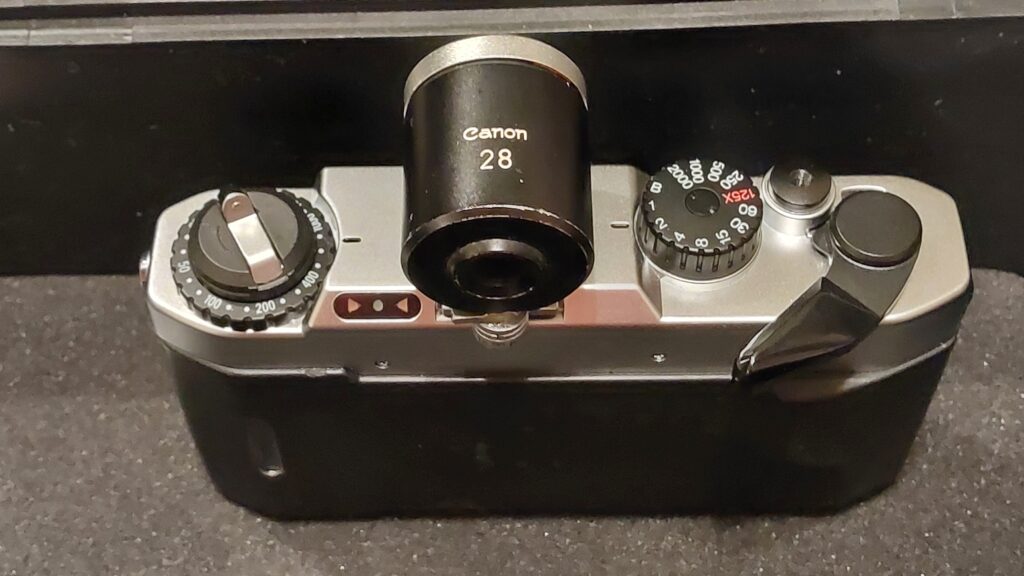
This makes it hard to be exact compared to an in-viewfinder display – on the Bessa L, when you half-press the shutter button, the meter reads continuously (e.g., it doesn’t save the reading from your initial shutter press) – which means if you tilt the camera from your framing to adjust aperture or shutter, the reading will change compared to what you intended. Generally, the flow is compose, check meter, change settings, recompose, and check meter again, being conscious to avoid tilting the camera. It took a little to get used to and it is slower.
I didn’t find the meter to be particularly precise – I think mine tends towards under-exposure although this may have been due to me tilting the camera skyward while adjusting shutter (so that the meter was reading more sky than my actual composition).
One other annoyance – the camera has a sort of “safety” to prevent accidental shutter presses. The shutter button is enabled by partially pulling the advance lever out so that it sticks out from the body. Pressing the shutter when the lever is all the way in does nothing.
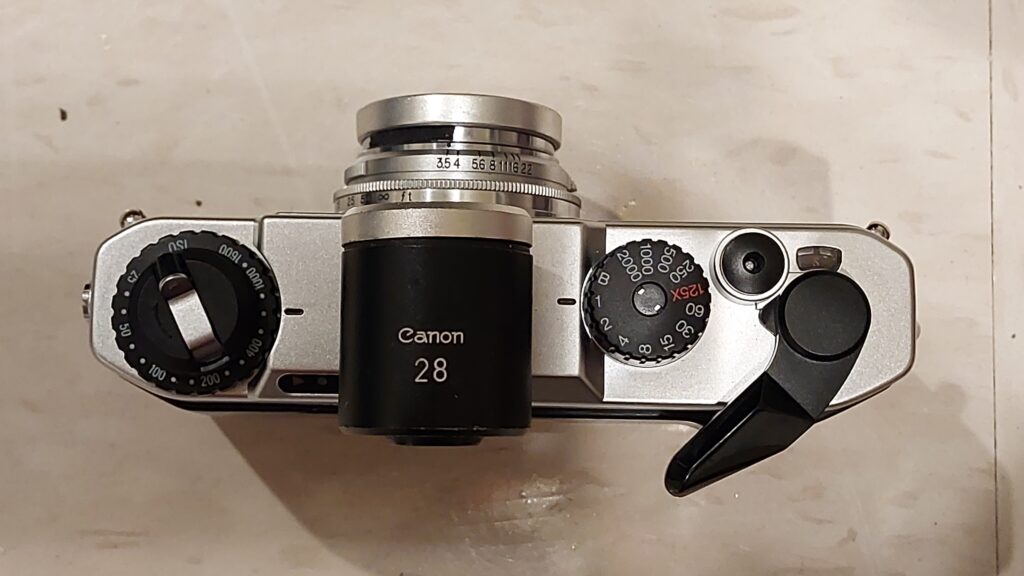
Lever out in the perfectly wrong position for my right eyeball
This design decision doesn’t come for free. I am slightly left-eye dominant, which means that for Leica-style rangefinders with the window on the left-rear, I tend to press my face up against the camera (I know the purists will tell me this is wrong). In SLRs this isn’t an issue since the viewfinder is generally in the center and high over the camera; tens of thousands of shots have built substantial muscle-memory that pulls the center of the camera up to my left eye. On the Bessa-L, this basically means that the advance lever is hitting my nose or cheek every time I raise it with the lever out in shooting position.
It took a bit to get used to, but I was able to switch to using the right eye to look through the accessory finder instead. If you’re the type of person who can’t close their dominant eye, just be warned that you will have to deal with this (and depending on how prominent your nose is, this may or may not be a real problem!).
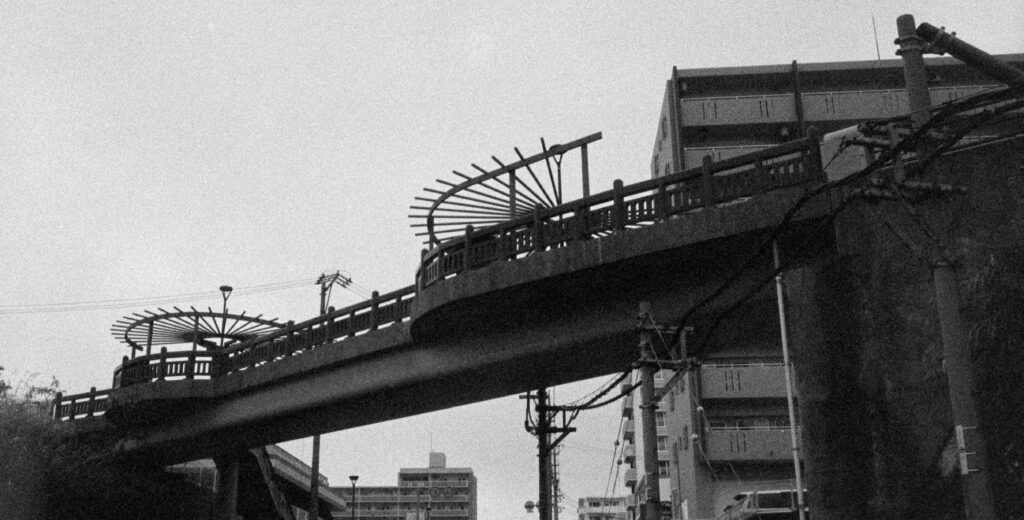
Cropped in quite substantially from my original shot – I liked the overpass but there was too much else in the frame at 28mm!
I continue to have a strained relationship with Arista. I enjoy the contrast but in my eyes the exposure latitude leaves a lot to be desired and the grain surges out much more aggressively than I am used to with Kentmere or HP5. This is not helped by the fact that I shot at 800 ISO in order to keep aperture at f/8 and above to have a better chance of zone-focus success. This has further firmed my opinion that Arista 400 is best shot at 100 or 200.
To my chagrin, upon developing, I noticed what looked like a light leak or perhaps light piping in every shot in the exact same place vertically down the entire roll (which makes me think light piping, although I have never seen light piping in Arista before in any of my other bulk rolls). Fortunately, it was on the left edge of the frame and I could crop around it in most shots (I don’t shoot wides very often and sometimes struggle to fill the frame; this worked out to my benefit this time). In portrait orientation this just meant less sky, which is often fine. You’ll notice in my sample shots I was able to crop around it in most of them except the gas station here:
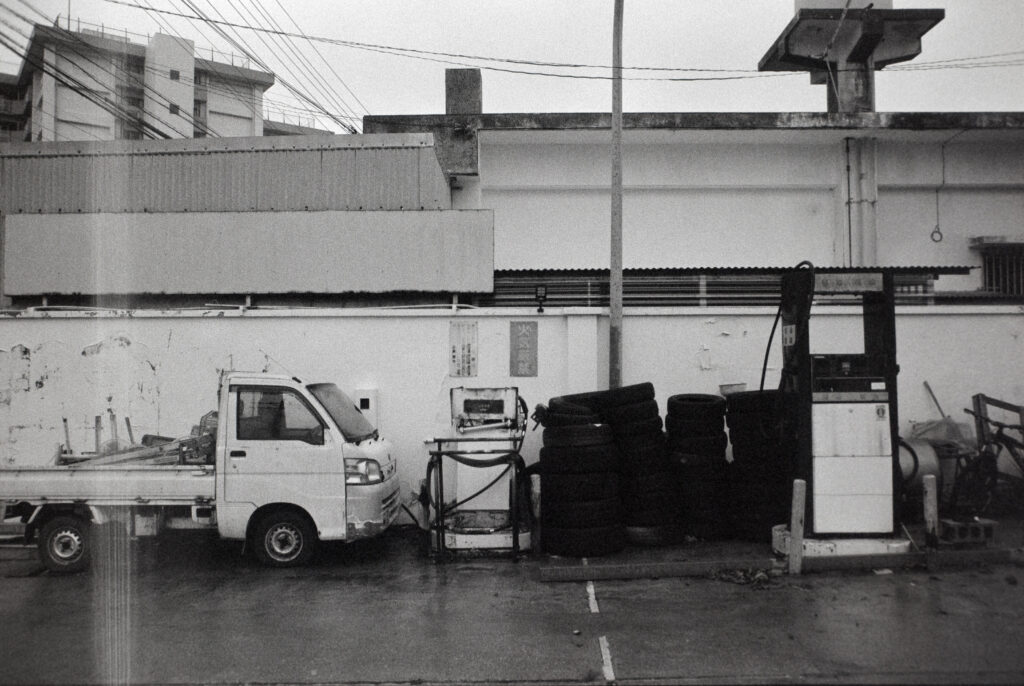
I’ll have to troubleshoot this with another roll to see if it was a mistake made during bulk rolling (curious if anyone has any thoughts).
Despite all these issues, using the Bessa-L was thought provoking and enjoyable. It was a different process – I was very engaged in positioning myself, considering composition, in checking and rechecking settings, all things very much in the vein of the famous “film slow-down”. I will probably try a more pushable film like Kentmere 400 or just wait for a very sunny day (I have shot ISO 7 film on Okinawa handheld without any issues – the sun is very strong in summer!).
Upon getting back and developing, I found that the vast majority of my keepers from the roll were shot in portrait – I really did struggle with filling the frame (I think I fixate on singular subjects – vertical orientation serves this, I think). Always nice to have something to improve.
The Bessa-L filled a specific niche for me – I never found myself putting the 28mm on the Canon P, because I use a hotshoe meter (not a viewfinder), which means I have to pick between a clumsy metering solution or not having framelines. Because the Bessa-L had a built-in TTL meter, it’s now the permanent home for the 28mm. At least, that’s how I rationalize it!
All this said, the Bessa-L probably isn’t for everyone – but if you already have wide/ultrawide LTM glass and accessory viewfinders, and don’t mind a deliberately more difficult workflow (we are shooting film here, after all!), you’d probably find the camera quite charming. With its light weight, it’s a perfect backup camera on the off chance you need a wide/ultra-wide in addition to whatever your go-to body is. Even better if you can find one that is “broken” at a good price!
For more on the Bessa L, read this.
Share this post:
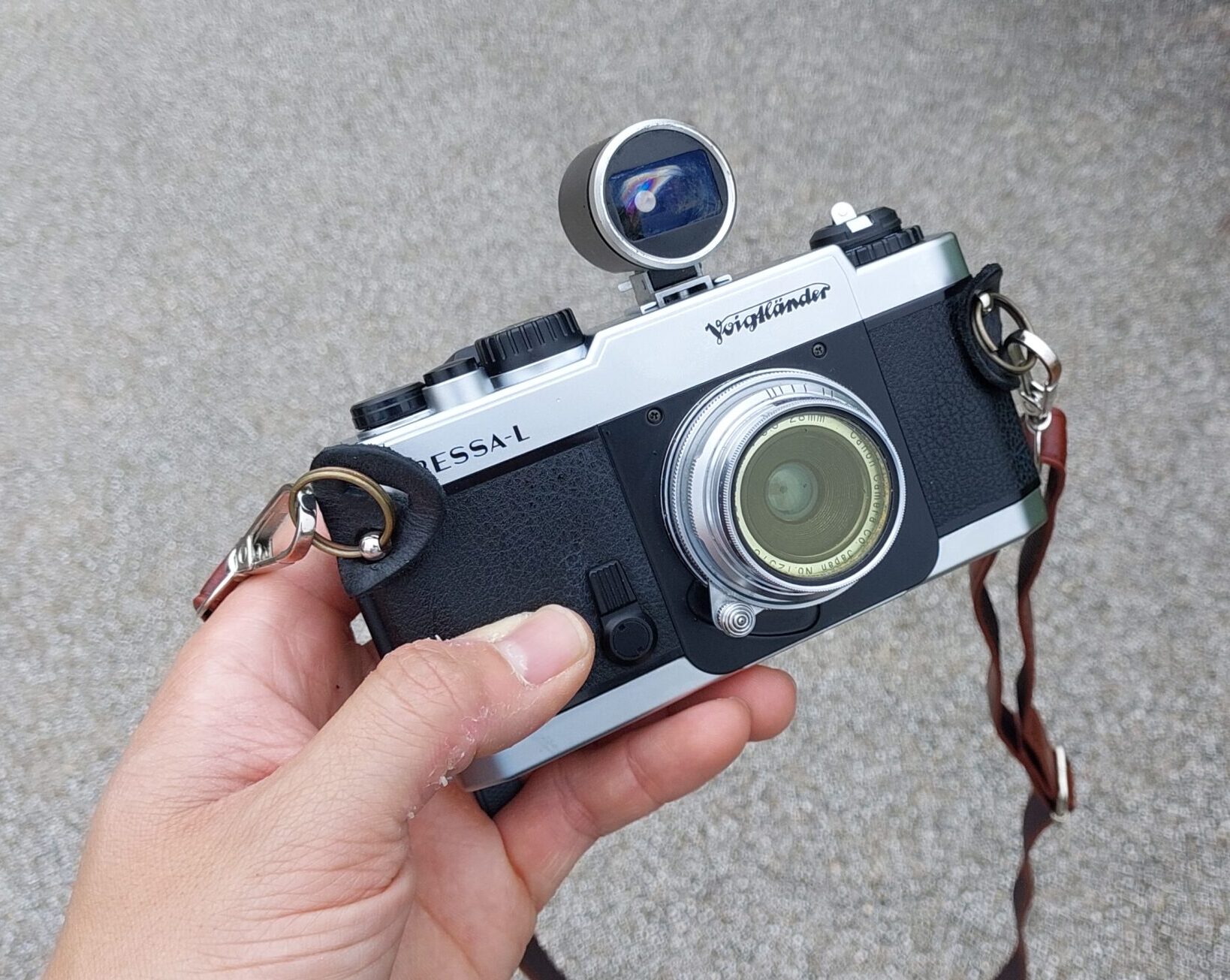
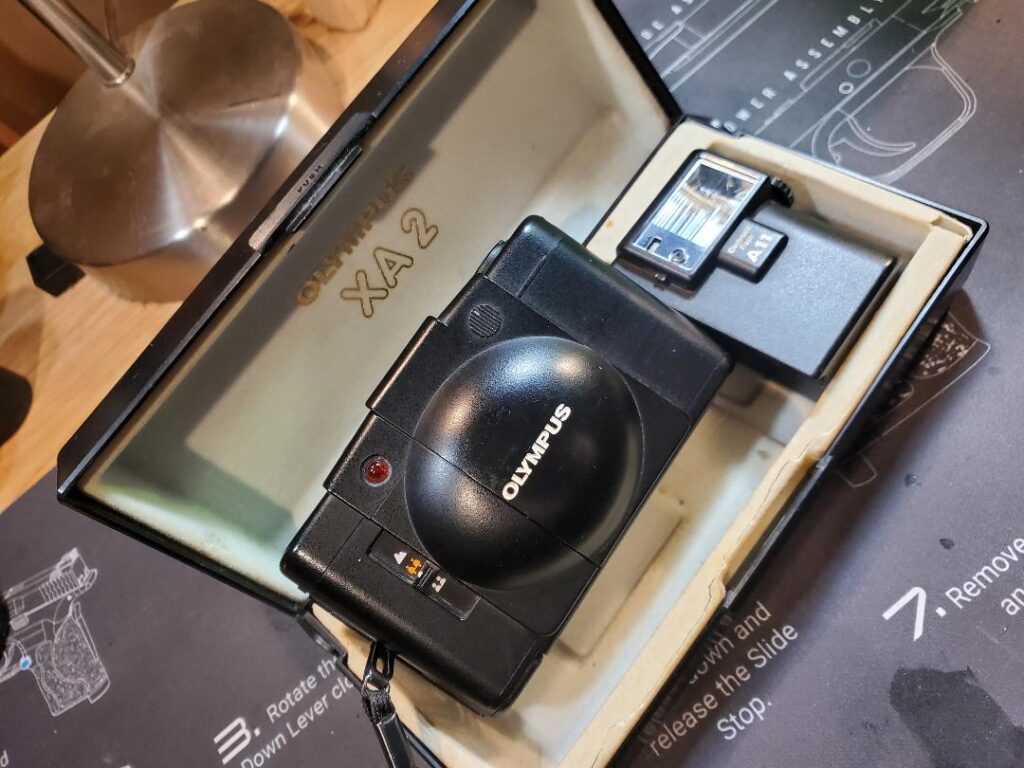
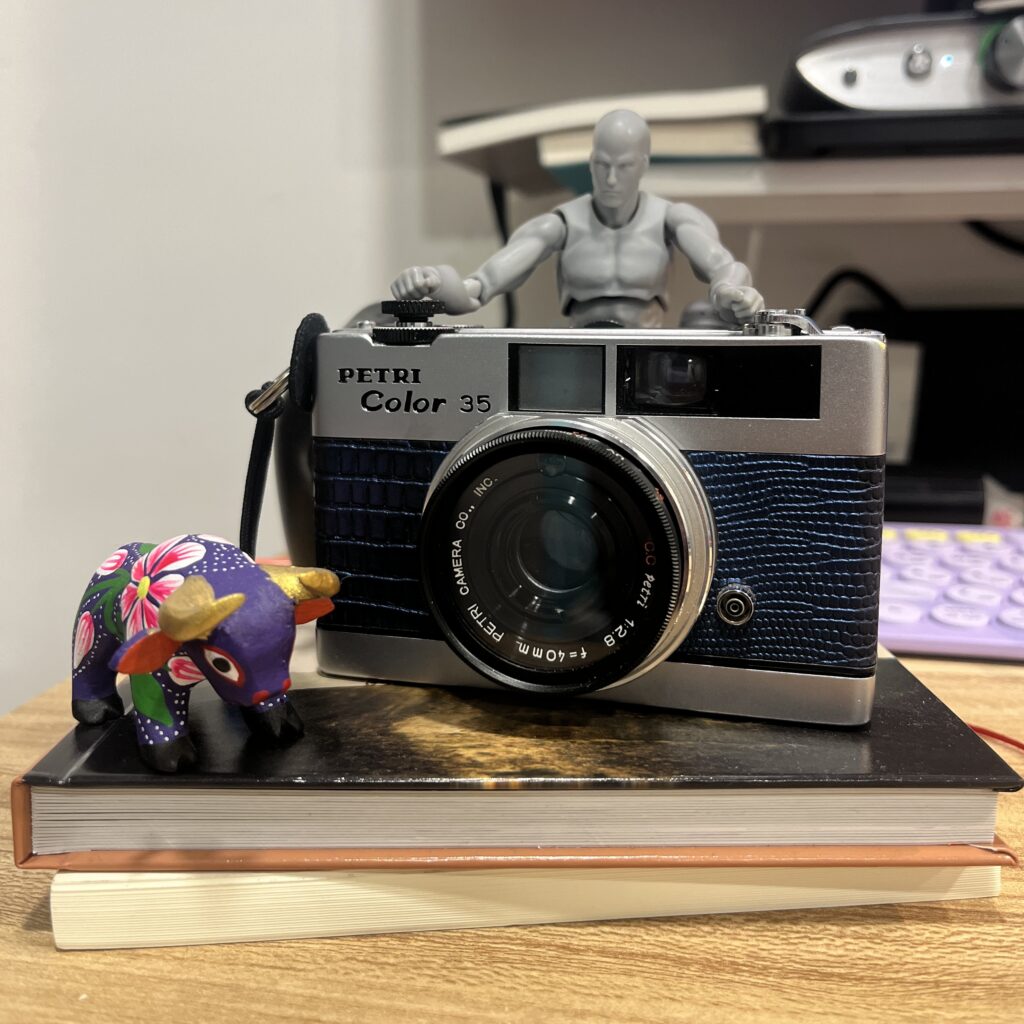
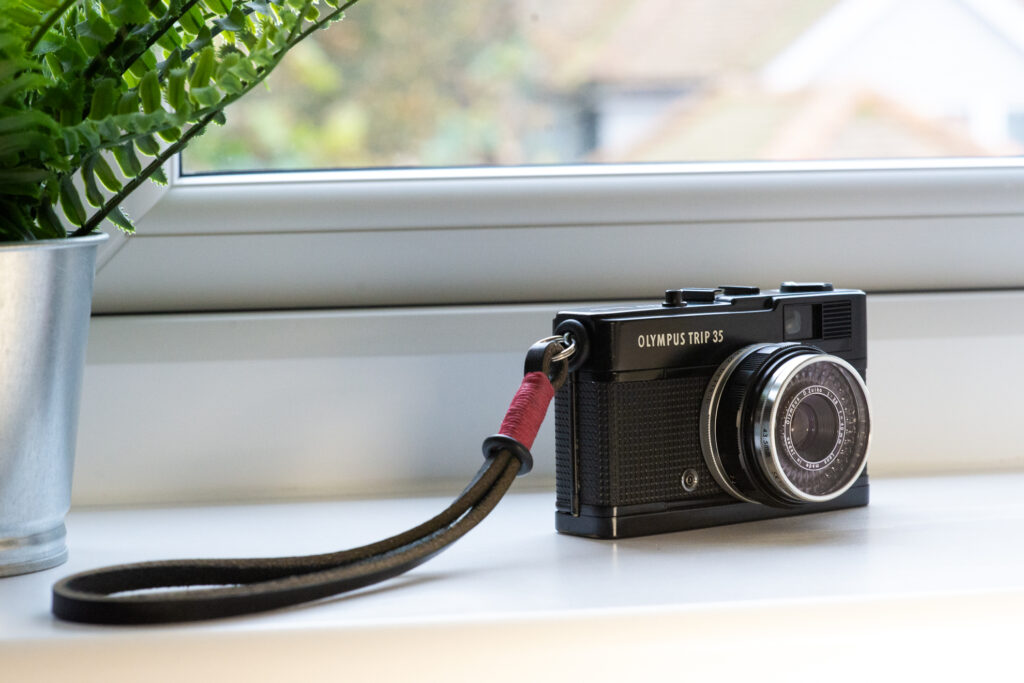
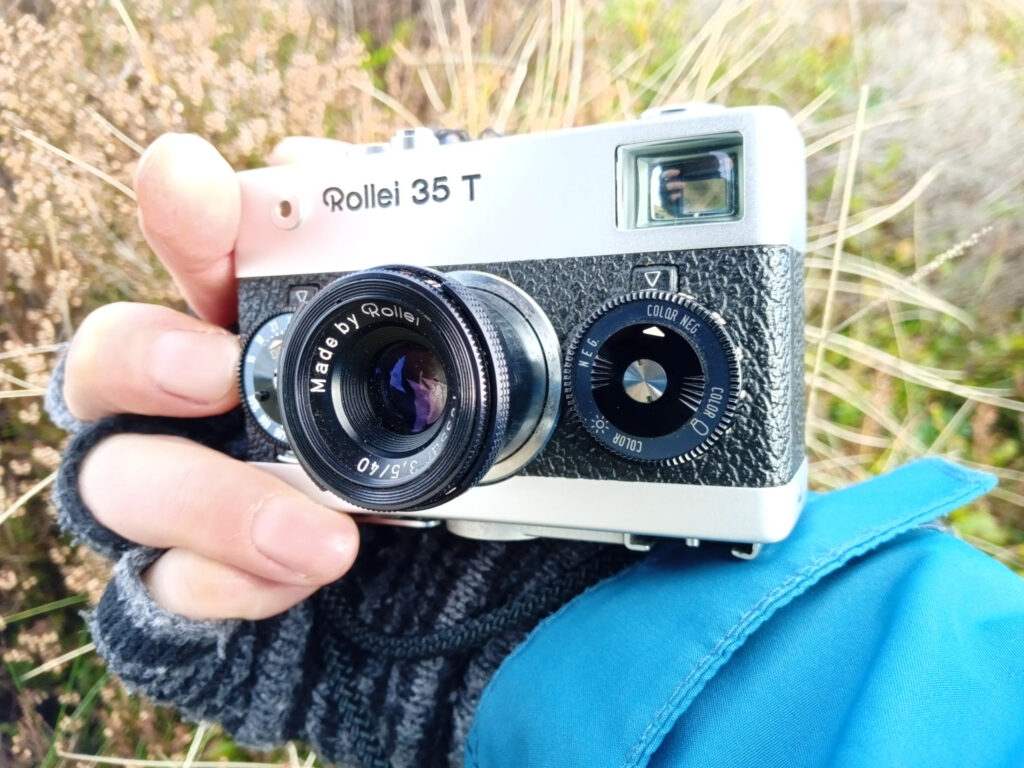




Comments
Doug Anderson on 5 Frames with a Voigtlander Bessa L – Broken in Just the Right Way
Comment posted: 02/08/2024
And I like your quick and easy fix taping the film to the take-up spool. I do something similar with Leica FILCA spools that will no longer grip the end of the film.
And just one minor point: You described the Bessa L as using L mount lenses. L mount is not the same thing as LTM. L-Mount is a new lens mount standard developed by Leica and shared with Sigma, Panasonic and others.
Comment posted: 02/08/2024
Gary Smith on 5 Frames with a Voigtlander Bessa L – Broken in Just the Right Way
Comment posted: 02/08/2024
Comment posted: 02/08/2024
Russ Rosener on 5 Frames with a Voigtlander Bessa L – Broken in Just the Right Way
Comment posted: 04/08/2024
Daniel Castelli on 5 Frames with a Voigtlander Bessa L – Broken in Just the Right Way
Comment posted: 07/08/2024